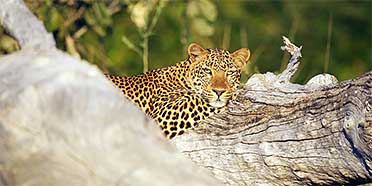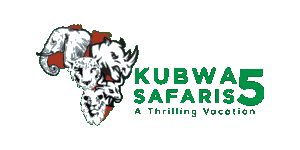
Safari Tours to South Luangwa NP
-
![15-Day Best of Zambia - Safari & Waterfalls]()
15-Day Best of Zambia - Safari & Waterfalls
$12,060 to $13,845 pp (USD)
Zambia: Private tourLuxuryLodge & Tented Camp
You Visit: Lusaka (Start), South Luangwa NP, Lower Zambezi NP, Victoria Falls, Livingstone (End)

Wayfairer Travel
4.8/5 – 172 Reviews
-
![9-Day Breathtaking Tour to Zambia]()
9-Day Breathtaking Tour to Zambia
$13,310 to $13,530 pp (USD)
Zambia: Private tourLuxuryLodge & Hotel
You Visit: Mfuwe (Start), South Luangwa NP, Lusaka Airport (Lusaka), Lower Zambezi NP, Livingstone (City), Mosi-oa-Tunya NP, Victoria Falls, Zambezi River, Livingstone Airport (End)

Kubwa Five Safaris
4.9/5 – 148 Reviews
-
![6-Day Zambia Safari]()
6-Day Zambia Safari
$3,504 to $4,573 pp (USD)
Zambia: Private tour
Mid-range Bush CampYou Visit: Lusaka (Start), South Luangwa NP, Lusaka Airport (End)

Safari365
4.7/5 – 18 Reviews

 Zambia Parks
Zambia Parks
















